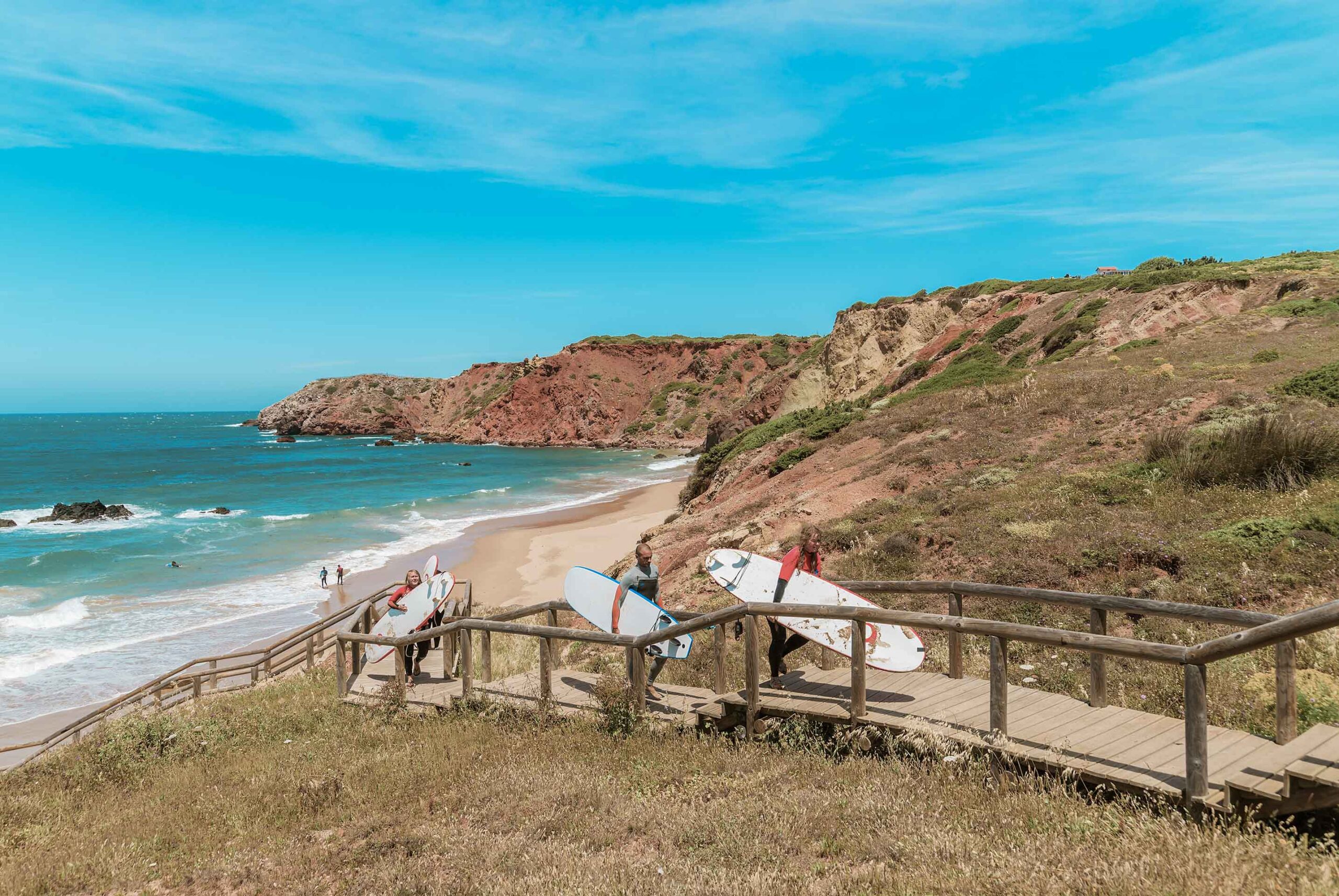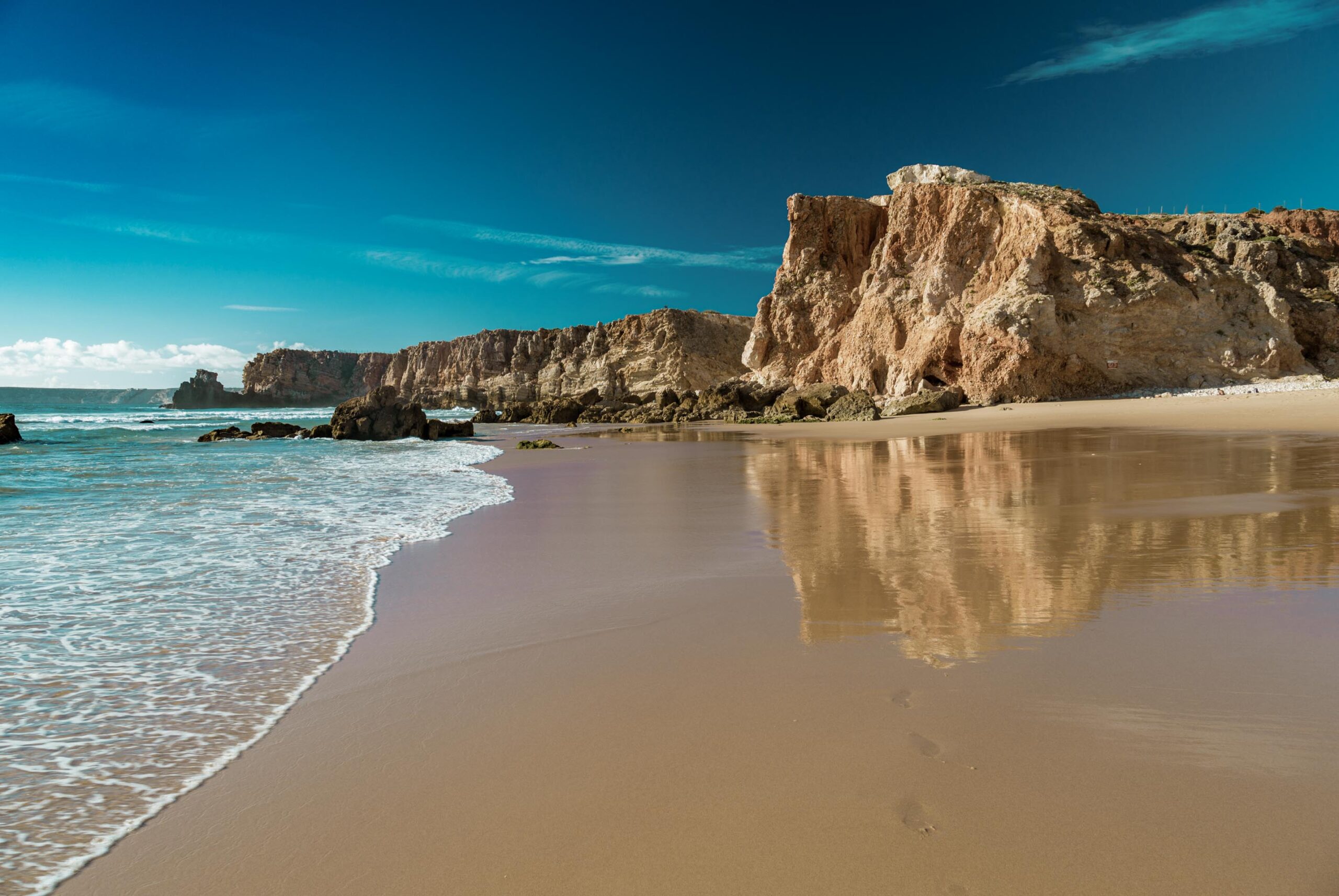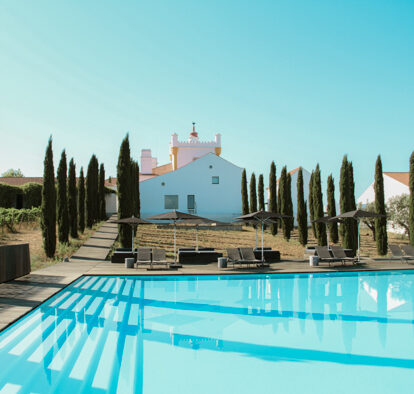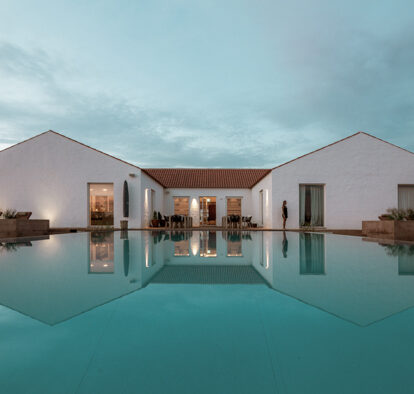Alentejo is Portugal's most impressive region. Except hardly anybody knows about it. From beaches to vineyards to forests, this is the real Portuguese experience for explorers.
Explore Alentejo

Vast and sparsely populated, the Alentejo – literally, the land beyond the Tagus – is the epitome of rural Portugal. Farms spread over rolling hills, and things move at a more natural pace, far from the bustle of cities. This is also a history lover’s dream, a region dotted by historical towns, villages, castles, manors, towers and ruins. It’s difficult not to be somewhere historical in the Alentejo. Add the sand beaches and wild nature of the Vicentina Coast, and the many excellent wineries, and you will realize it’s hard to find an excuse not to travel around the Alentejo.
Getting here and around
Beja Airport, the biggest in Alentejo, is still a small regional airport serving private aviation. If you are flying into Portugal by a commercial airline, you can land in Lisbon, then drive into Alentejo — it’s a 1h30 drive from Lisbon to Évora. If you happen to be in the Algarve, a 1h drive north from Faro will take you over the border into Alentejo, and two more hours will get you to Évora. As this is an extensive region, with dozens of fascinating sites scattered over long distances, a road trip is probably your best option.
Climate & seasons
The Alentejo is the driest and hottest region of Portugal – in summer, the scorching sun in a cloudless sky brings temperatures up to 40°C. Winters on the other hand are rainy, with average temperatures around 10°C. So unless you are really heat-resistant, or don’t mind wet and chilly weather, we recommend you travel to Alentejo in spring and autumn. You will experience dry weather and temperatures around 20-25°C, which is a great combination for exploring.
Where to go
The short answer is: anywhere. In the Alentejo, wherever you go you will find beautiful whitewashed villages and medieval towns scattered around quiet hilly countryside. But if you want more specific directions, check out the famous historical towns of Évora and Elvas, and the stunning hilltop villages of Marvão and Évora Monte. Then go to the Vicentina Coast, and discover deserted sandy beaches, dunes, majestic sea cliffs, and wildlife. If that’s not enough, there’s also wine — within a one-hour radius of Évora, you will find top wineries such as Quinta do Carmo and Herdade do Sobroso. Where to go? The long answer is: everywhere.
What to do
Follow an expert guide through the town of Évora, and listen to history and stories as you tour the Roman temple and aqueduct, the medieval square and cathedral, the 16th-century university. Admire the impressive aqueduct of Amoreira near Elvas, a prodigy of 15th-century engineering. Drive to a medieval stone village like Marvão, Mértola or Monsaraz, roam around its quiet streets, and feel how slow time passes in the plains of Alentejo. Lodge in an old farmhouse turned luxury hotel, steep yourself in countryside peace and taste local delicacies and wines. If you want more action, go hiking or horse riding — or surfing, sailing and diving along the coast.
Photos from Alentejo





EliteVoyage Hotel Collection in Alentejo
Do you like Alentejo?
Plan your trip with one of our experienced travel designers

















